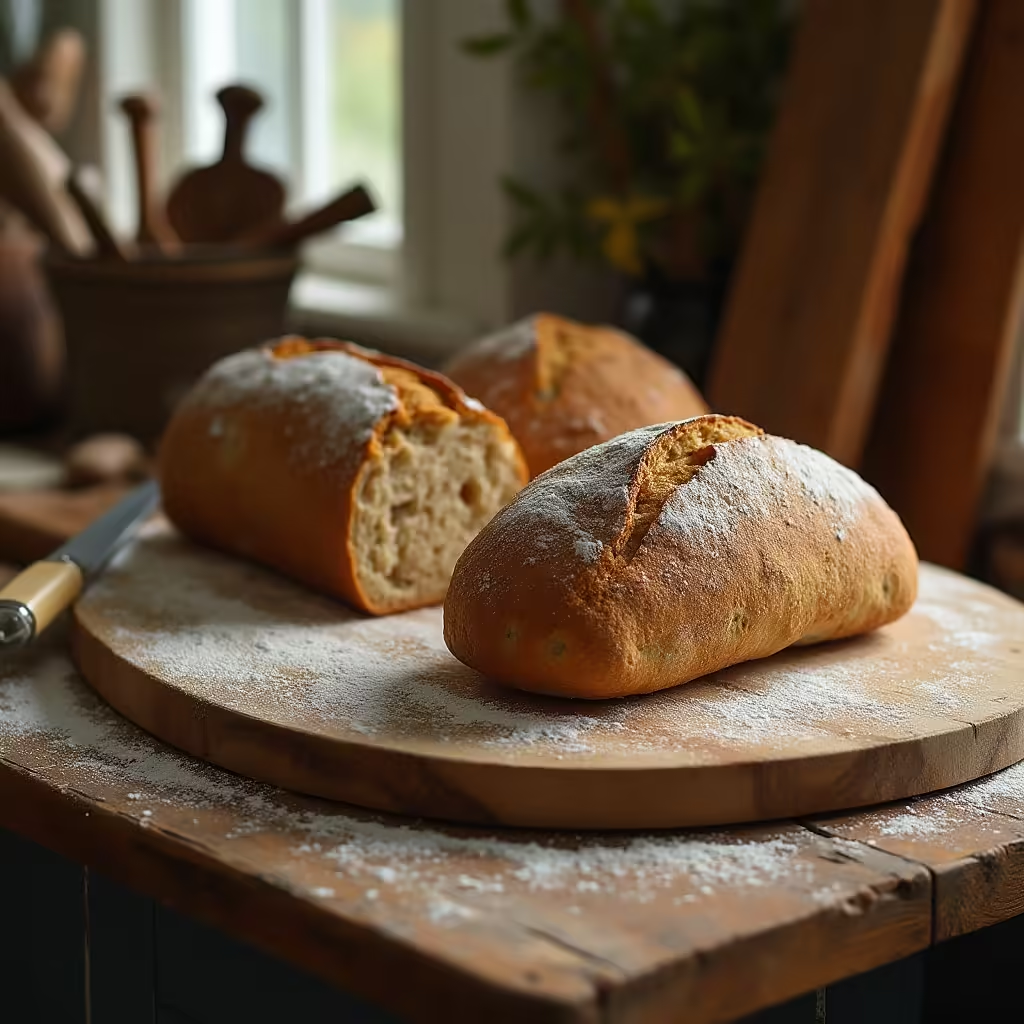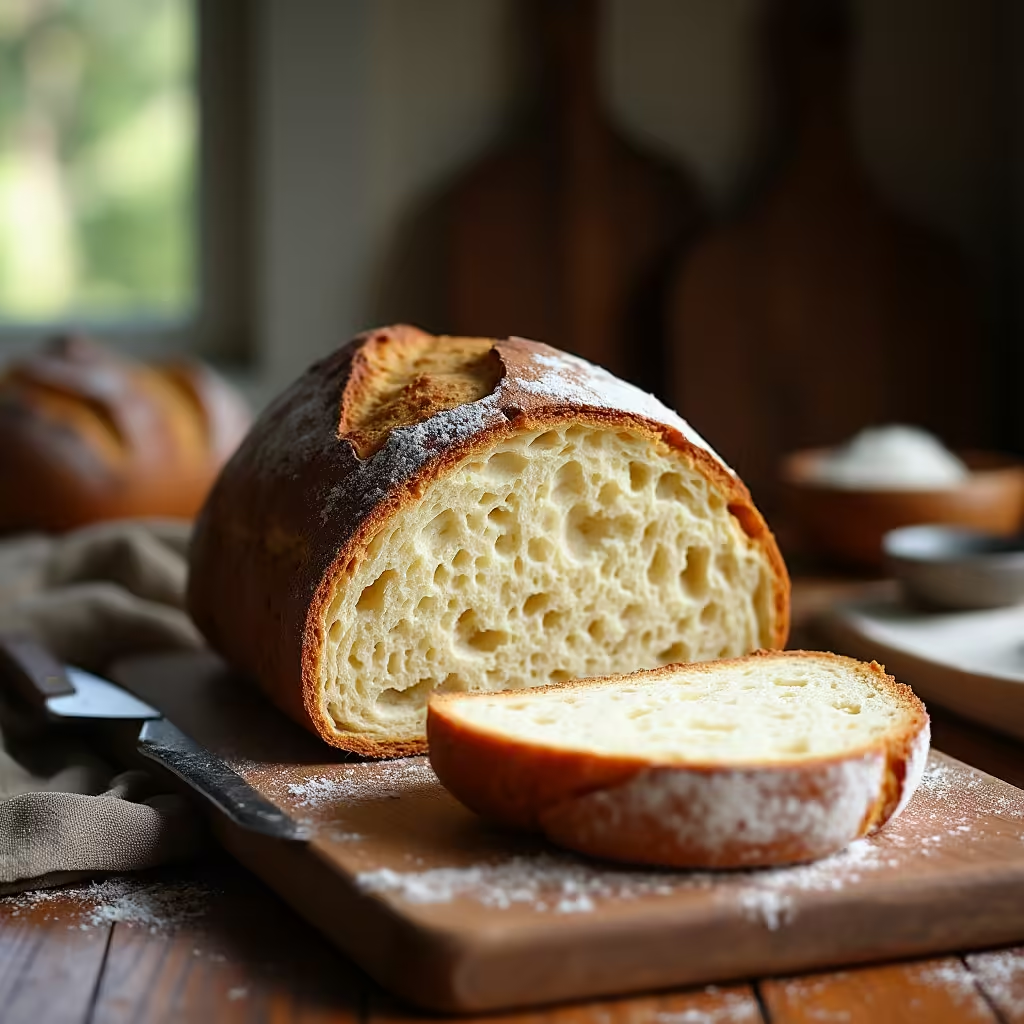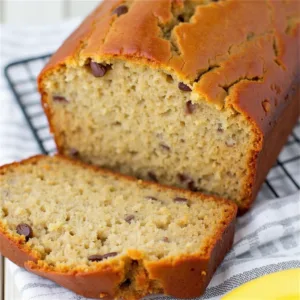Table of Contents
Foolproof Sourdough Bread Recipe Without Starter | Easy Faux Sourdough
If you’ve ever wanted to enjoy the delightful taste of sourdough bread but felt daunted by the idea of using a sourdough starter, you’re in for a treat! This article will guide you through a simple and approachable sourdough bread recipe without starter, allowing you to create a delicious faux sourdough loaf at home. So, roll up your sleeves and let’s dive into the wonderful world of easy sourdough bread baking!
What is a sourdough bread recipe without starter?
Understanding the concept of faux sourdough
A sourdough bread recipe without starter, often referred to as faux sourdough, is a way to replicate the beloved flavors and textures of traditional sourdough without the need for an active starter. Instead of relying on wild yeast and bacteria cultivated over time, this method employs commercial yeast, which makes the process much quicker and more accessible for the home baker. The result is a loaf of bread that delivers a taste and texture similar to a sourdough bread, but without the wait and the commitment of maintaining a starter.
Benefits of making sourdough without a starter
One of the biggest benefits of making sourdough bread without a starter is the simplicity it offers. You don’t need to plan days or weeks ahead to create your first loaf. This method allows you to whip up a delicious loaf of sourdough style bread in just a few hours. Additionally, this approach can be less intimidating for beginner bakers. You can experiment freely without worrying about keeping your sourdough starter alive or getting the ratios just right. Plus, you still achieve that delightful sourdough flavor and chewy crust that we all adore!
Key ingredients for a faux sourdough bread recipe without starter
To make a sourdough bread without starter, you’ll need a few essential ingredients. The first is bread flour, which provides the perfect protein content to develop gluten and create that chewy texture we love in sourdough. You’ll also need commercial yeast, preferably instant yeast, to help the dough rise. Additionally, water and salt are fundamental for flavor and fermentation. That’s it! With these simple ingredients, you’re on your way to making delicious bread without a starter.
How to make sourdough bread without starter?

Step-by-step guide to making sourdough style bread
Now, let’s get into the nitty-gritty of how to make sourdough style bread. Start by mixing together your bread flour, instant yeast, and salt in a large bowl. Gradually add warm water, mixing until you form a cohesive dough. Once combined, you’ll want to knead the dough for about 10 minutes until it becomes smooth and elastic. After kneading, let the bread dough rest in a warm place for about 1 to 2 hours, or until it doubles in size. This is where the magic happens, as the yeast activates and starts to work its wonders!
Tips for achieving the perfect loaf of sourdough bread
To achieve that perfect loaf of sourdough bread, there are a few key tips to keep in mind. First, ensure that your water is warm but not hot, as overly hot water can kill the yeast. Second, when you let the dough rise, cover it with a damp cloth to prevent it from drying out. Finally, when it comes time to bake the bread, preheat your Dutch oven. This will create a steamy environment that mimics the conditions of a traditional sourdough oven, resulting in a crust that’s beautifully golden and crisp.
Common mistakes to avoid when making sourdough without starter
As with any baking recipe, there are a few common mistakes to avoid when making sourdough without a starter. One of the biggest errors is not allowing the dough to rise long enough. The yeast needs time to work its magic, so be patient! Another mistake is not using enough flour, which can lead to a sticky mess. Always keep extra flour on hand to adjust the consistency as needed. Lastly, be careful not to skip the resting phase after kneading; this step is essential for developing the dough’s structure.
Sourdough Bread Recipe Without Starter
If you’re craving that rustic, tangy sourdough flavor but don’t have a starter on hand, don’t worry! This simplified sourdough bread recipe is perfect for you. With just a few basic ingredients and some patience, you can enjoy a delicious loaf of sourdough bread without the need for a traditional starter. It’s perfect for beginners and experienced bakers alike!
Ingredients
- 3 ½ cups all-purpose flour
- 1 ¼ tsp instant yeast
- 1 tsp sugar
- 1 ½ tsp salt
- 1 ¼ cups warm water (110°F / 43°C)
- 1 tbsp olive oil
- 1 tbsp apple cider vinegar (for tangy flavor)
Execution (Step-by-Step Instructions)
- Mix Dry Ingredients: In a large mixing bowl, combine the flour, instant yeast, sugar, and salt.
- Add Wet Ingredients: Gradually add the warm water, olive oil, and apple cider vinegar to the dry ingredients. Stir the mixture until a rough dough forms.
- Knead the Dough: Transfer the dough to a floured surface and knead for 8-10 minutes until smooth and elastic.
- First Rise: Place the dough in a lightly oiled bowl, cover it with a damp cloth, and let it rise in a warm place for 1-2 hours, or until doubled in size.
- Shape the Loaf: Once risen, punch down the dough and shape it into a round or oval loaf. Place it on a parchment-lined baking sheet or in a proofing basket.
- Second Rise: Cover the loaf and let it rise again for 30-45 minutes.
- Preheat the Oven: Preheat your oven to 450°F (230°C) and place a Dutch oven or heavy pot with a lid inside to heat up for 30 minutes.
- Bake the Bread: Carefully transfer the dough into the preheated Dutch oven, score the top, and cover it with the lid. Bake for 25 minutes, then remove the lid and bake for an additional 15-20 minutes until the crust is golden and crisp.
- Cool and Serve: Let the bread cool completely on a wire rack before slicing. Enjoy your homemade sourdough bread!
Baking Tips:
- Vinegar for Flavor: The apple cider vinegar adds a tangy note that mimics the flavor of traditional sourdough without the starter.
- Use a Dutch Oven: Baking in a Dutch oven helps to trap steam, creating that perfect sourdough crust.
- Patience is Key: Allow the dough to rise fully during both proofing stages for the best texture.
Quick Recipe Information:
| Serving Size | Prep Time | Cook Time | Total Time |
|---|---|---|---|
| 1 loaf (8-10 slices) | 20 minutes | 40-45 minutes | 3 hours |
What are the essential tools for baking sourdough bread?

Importance of using a Dutch oven in sourdough baking
When it comes to baking sourdough bread, a Dutch oven is an essential tool. This heavy pot retains heat exceptionally well and creates a mini oven environment during baking. The lid traps steam, which is crucial for developing that crispy crust we all love. If you don’t have a Dutch oven, you can mimic this by placing a pan with water in your oven to create steam, but trust me, the results with a Dutch oven are unbeatable!
Choosing the right bread flour for your sourdough recipe
Choosing the right flour can significantly impact your sourdough baking experience. Opt for high-quality bread flour with a higher protein content to ensure proper gluten development. This gluten is what gives your sourdough loaf its structure and chewiness. You can also experiment with different types of flour, such as whole wheat flour or even spelt flour, for added flavor and nutritional benefits!
How to place the dough for optimal baking results
Placing the dough correctly in your Dutch oven is crucial for a successful bake. After your dough has risen, gently shape it and place it seam-side up in the preheated Dutch oven. This method allows the dough to rise even more during baking. To help with shaping, you can use parchment paper to transfer the dough, which makes it easier to lift in and out of the pot.
Can I use commercial yeast in my sourdough bread recipe?
Differences between traditional sourdough and using instant yeast
When it comes to traditional sourdough, it’s all about that sourdough starter, which is a mix of flour and water fermented naturally over time. This process creates wild yeast and bacteria that give sourdough its distinctive flavor. On the other hand, using commercial yeast, like instant yeast, speeds up the fermentation process significantly, allowing you to enjoy sourdough bread without a traditional starter in a fraction of the time. While you miss out on some of the complex flavors from wild fermentation, you still get a delicious loaf!

How to incorporate yeast into your faux sourdough bread recipe
Incorporating yeast into your faux sourdough bread recipe is as simple as mixing it in with your dry ingredients. Make sure to distribute it evenly to ensure that your bread rises properly. Since you’re using instant yeast, there’s no need to activate it in water beforehand; just mix it directly into your flour and salt. This quick step allows you to streamline the process and get to baking faster!
Adjusting rise times when using commercial yeast
When using commercial yeast, you may notice that rise times are significantly shorter compared to traditional sourdough methods. Typically, you’ll want to let the dough rise until it doubles in size, which may take about 1 to 2 hours, depending on your kitchen temperature. Keep an eye on it, and don’t be afraid to poke the dough gently; if it springs back slowly, it’s ready for the next step!
What are some variations of easy sourdough bread recipes?

Exploring wheat sourdough bread options
There are so many creative ways to make sourdough bread! For those who love whole grains, consider exploring wheat sourdough bread options. You can replace a portion of the bread flour with whole wheat flour for added nutrition and a nutty flavor. Just keep in mind that you may need to adjust the hydration level of your dough, as whole wheat flour absorbs more water.
Adding flavors and ingredients to your faux sourdough
Why stop at the classic? You can add various flavors and ingredients to your faux sourdough for a unique twist. Consider incorporating herbs, cheese, or even dried fruits and nuts into your dough. Just remember to chop finer ingredients to keep the dough’s structure intact. It’s a fun way to personalize your bread and impress your friends and family with a loaf that’s bursting with flavor!
Making gluten-free sourdough style bread alternatives
For those who need to avoid gluten, there are also gluten-free sourdough style bread alternatives you can try. Look for gluten-free all-purpose flour blends designed for bread making. The method is similar: combine your dry ingredients with water and yeast, let it rise, and bake! While the texture might be different, you can still achieve a tasty loaf that satisfies your sourdough cravings.



